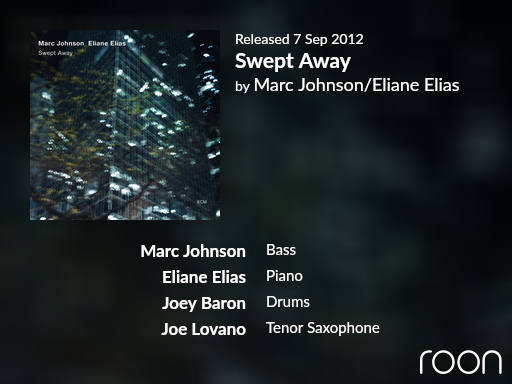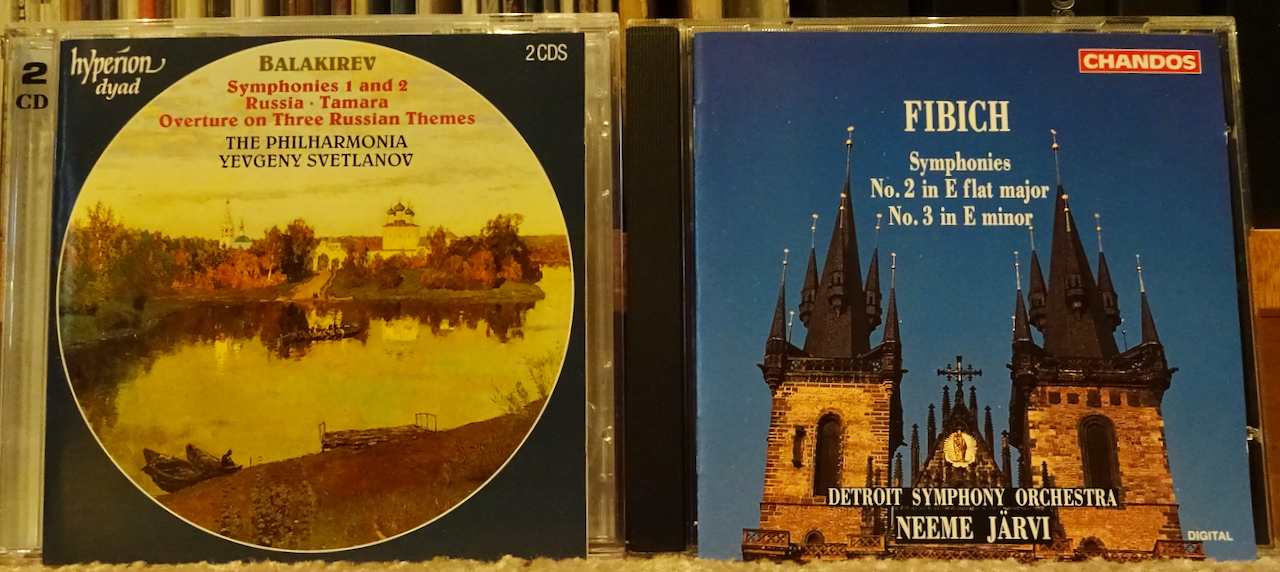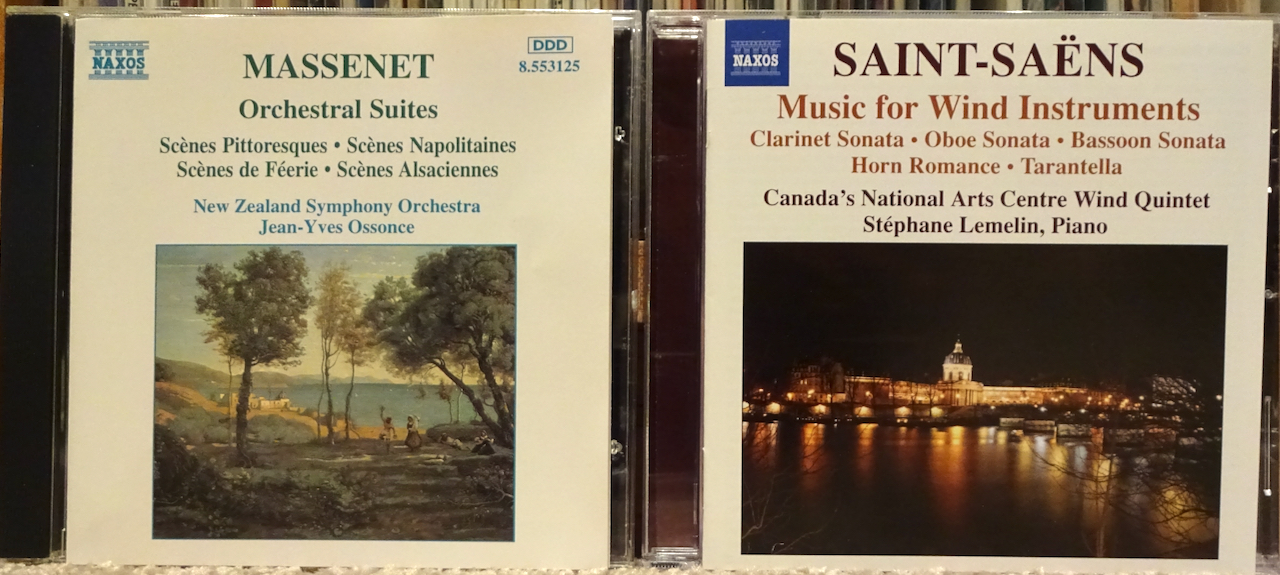Navigation
Install the app
How to install the app on iOS
Follow along with the video below to see how to install our site as a web app on your home screen.
Note: This feature may not be available in some browsers.
More options
You are using an out of date browser. It may not display this or other websites correctly.
You should upgrade or use an alternative browser.
You should upgrade or use an alternative browser.
The Now Spinning/Recent Purchases Thread
- Thread starter Rudy
- Start date
JOv2
Well-Known Member
New Passion #2: Solo (more or less…) marimba. As with the acoustic guitarists featured yesterday, these artists are similarly classically trained; however, several of these artists reside in either the US or the UK. From what I can discern, the marimba occupies a special cultural/musical position in Japan. The bulk of these artists recorded in 2000-2010, which may have been a then-recent high point of sort for such recordings. Unlike the classical guitar recordings, these tend to be heavily "classical" (aka "art music") with a significant amount of contemporary material offered — experimental at times. Given that classically trained marimbists are formally recognized as "percussionists", several of these offerings incorporate additional percussion as well. While I like the metallic vibraharp great deal, the marimba with its warmer woody tone and lack of sustain — is truly a different animal altogether and hence requires a different technique.
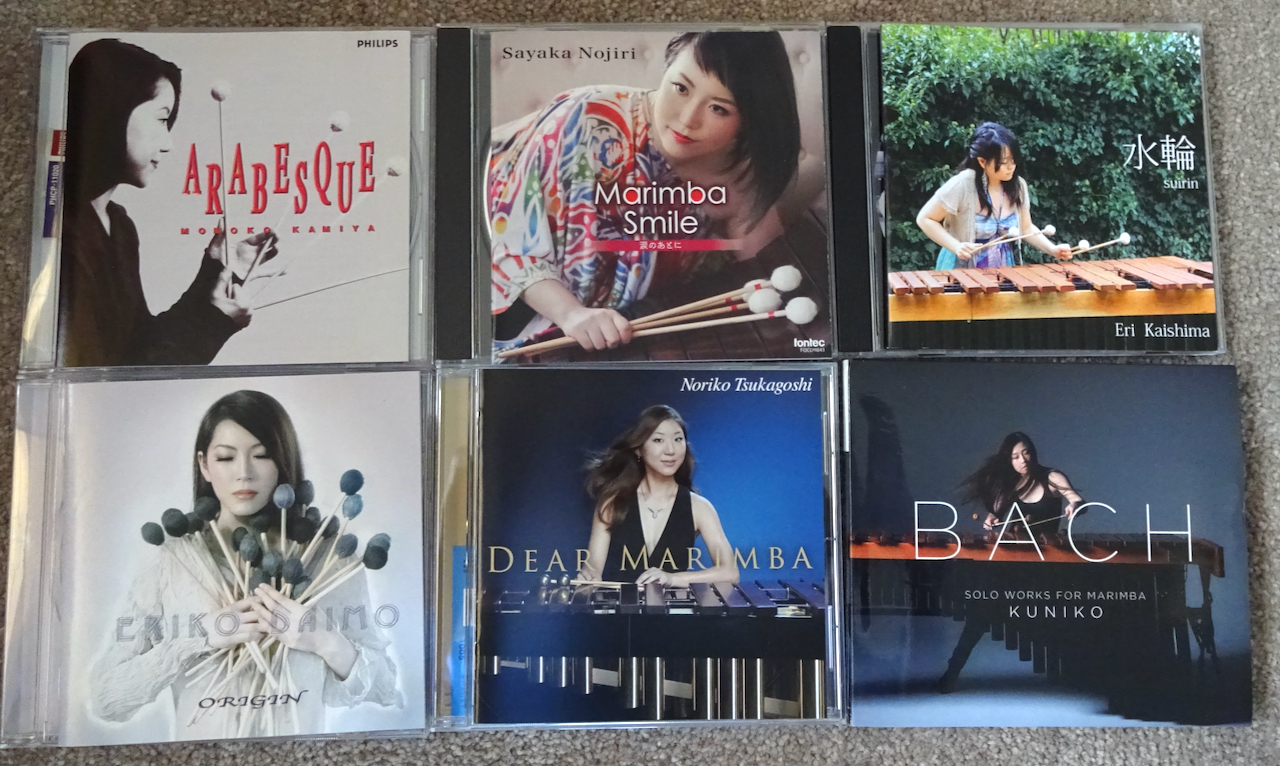

Last edited:
This is one of those albums I kept seeing mentioned since it released back in September, but I was never sure of what to expect from the title. Now that I've been seeing it on a few "best of 2021" lists (the most recent being an annual Qobuz list of notable jazz recordings of the year), I finally gave it a listen. Lady Blackbird's Black Acid Soul. (Lady Blackbird previously performed as Marley Munroe, who had the single "Boomerang" from 2013.)
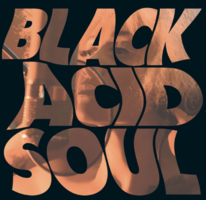
And I can see why it has garnered a lot of praise--this is one of those quiet, low-key, late night albums with a singer who delivers the goods. If I had to describe just her voice, she is reminiscent of Tina Turner. To describe her style is more difficult, but I will say that if you enjoy Sade (which I do), mixed with a slight touch of the soul and gospel stylings of Aretha Franklin and a small dose of Sarah Vaughan and Billie Holiday, you'll like this one. This one has made a few jazz best-of lists, but I would say it is maybe just a little more jazz-oriented than Sade. The backing is spare--at times there are only one or two instruments in the background (guitar and bass on one track, piano and bass on another, and a few other variations on low-key instrumentation).
"Fix It" will surprise a few --this is Bill Evans' "Peace Piece," set to vocals. It fits together beautifully. One of the best tracks on the album.
Below is a single from the album, "It's Not That Easy," a remake of the Reuben Bell with The Casanovas single from 1967. Many tunes on the album are covers, such as Nina Simone's "Blackbird," Tim Hardin's "It'll Never Happen Again," Allen Toussaint's "Ruler of My Heart" and "Collage" by Joe Walsh. Quite a mix.

And I can see why it has garnered a lot of praise--this is one of those quiet, low-key, late night albums with a singer who delivers the goods. If I had to describe just her voice, she is reminiscent of Tina Turner. To describe her style is more difficult, but I will say that if you enjoy Sade (which I do), mixed with a slight touch of the soul and gospel stylings of Aretha Franklin and a small dose of Sarah Vaughan and Billie Holiday, you'll like this one. This one has made a few jazz best-of lists, but I would say it is maybe just a little more jazz-oriented than Sade. The backing is spare--at times there are only one or two instruments in the background (guitar and bass on one track, piano and bass on another, and a few other variations on low-key instrumentation).
"Fix It" will surprise a few --this is Bill Evans' "Peace Piece," set to vocals. It fits together beautifully. One of the best tracks on the album.
Below is a single from the album, "It's Not That Easy," a remake of the Reuben Bell with The Casanovas single from 1967. Many tunes on the album are covers, such as Nina Simone's "Blackbird," Tim Hardin's "It'll Never Happen Again," Allen Toussaint's "Ruler of My Heart" and "Collage" by Joe Walsh. Quite a mix.
Last edited:
JOv2
Well-Known Member
I'm guessing it may have something to do with her being based in South Korea. I've struggled to find her CDs -- and they are a bit more pricey than even your typical Japanese offerings. Nevertheless, she may be the most technically and artistically gifted of the three: I played a few of her pieces for two of my guitar friends -- one of whom is technically gifted himself -- they could only offer praise in response. One thing is for certain: the old standing critique (back in the '80s) that far-East artists tend to play in a "technically cold" manner is a distant memory given the marvellous work at hand. Their collective efforts are surely sincere and benevolent in an emotive sense (as opposed to churning out contractually obligated music "product"). Additionally, the Western guitar is not a popular instrument in traditional far-East cultures -- particularly China -- which, one could argue, allows these artists to consider working outside-the-box as it were. As expected all three artists got into the bag via Spanish solo guitar music (which apparently proved to be captivating foreign musical import!)...and then branched out from there.Well, I got two out of (almost) three--there are a dozen albums each on Qobuz from Muraji and Yang, but only one from Park
That reminds me of a couple of recordings I own by Orquesta de la Luz, a Salsa band from Japan. Technically proficient but the music is played just a little too meticulously. Some of the reined-in/unintentional sloppiness of some of the 70s Latin records I own probably goes against the grain over there.One thing is for certain: the old standing critique (back in the '80s) that far-East artists tend to play in a "technically cold" manner is a distant memory given the marvellous work at hand.
From the "forgot I bought this" file:
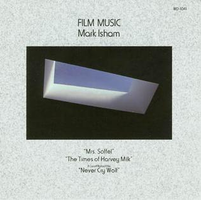
Can't say I've ever heard of any of these films (I'm not a movie buff by any means), but this was a mid 80s recording, and I think I remember why I might have bought this one. Lyle Mays plays piano on the "Mrs. Soffel" suite--despite not composing anything, Lyle's piano style stands out nicely amidst the atmospheric sounds backing him. Sound quality of this record is typical high-quality Windham Hill, this one a promo copy that looks unplayed.

Can't say I've ever heard of any of these films (I'm not a movie buff by any means), but this was a mid 80s recording, and I think I remember why I might have bought this one. Lyle Mays plays piano on the "Mrs. Soffel" suite--despite not composing anything, Lyle's piano style stands out nicely amidst the atmospheric sounds backing him. Sound quality of this record is typical high-quality Windham Hill, this one a promo copy that looks unplayed.
JOv2
Well-Known Member
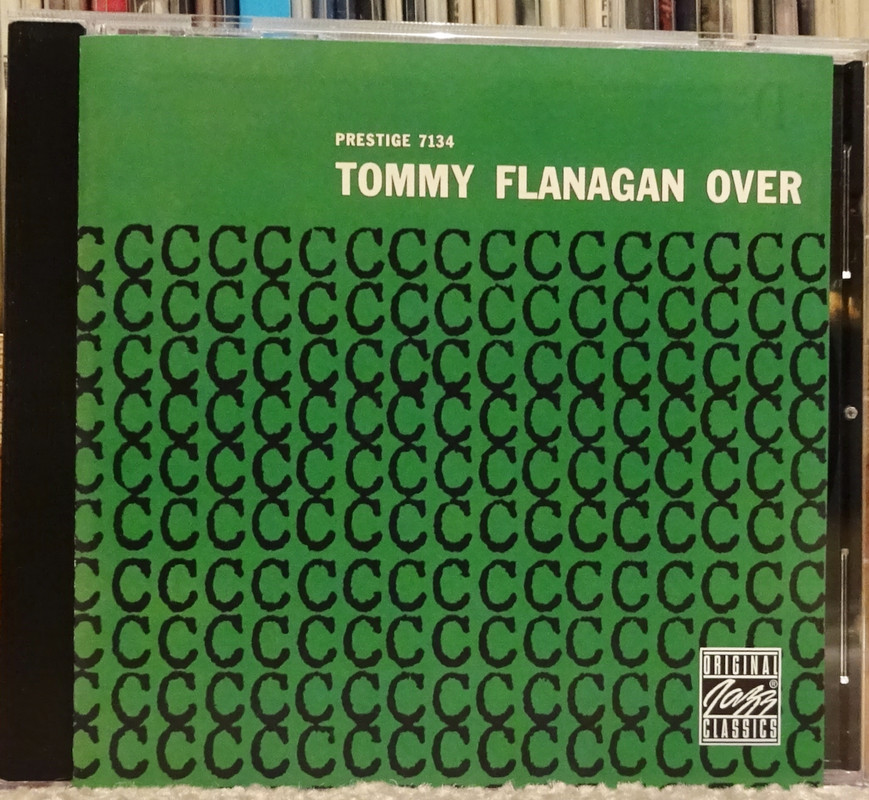
Tommy Flanagan. This is Tommy's 2nd release -- recorded in 1957 -- and his first in the trio setting. Tommy is a lean swinger, perhaps a shade less nimble than say Oscar Peterson or Art Tatum, and does well to bridge the gap between the melodic detail and dexterity of '40s bop and the simpler angular melodic lines that arguably characterize late '50s hard bop. Like virtually all jazz pianists of the day, Tommy was a melodic powerhouse never short of musically sincere ideas. Like Evans he favoured the trio setting and like Evans his musical mantra stayed the course during the dynamic '60s.
From 2019, this was one of Chick Corea's final releases. It's nice to hear him in this trio format with John Patitucci and Dave Weckl again, after many years' hiatus. It is also beautifully recorded for a live gig.
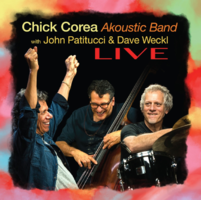
However...you may want to shut this recording off after track 12. The last track is from the first Return to Forever era, "You're Everything." I thought someone had snuck a Jonathan & Darlene Edwards track into my playlist, the singing was so badly out of tune that I could barely recognize the melody. Longtime fans of Corea will know who this singer is (and I don't mean Flora Purim, who sang the original). I will give them the benefit of the doubt in that the stage monitoring system might have been out of whack. But yeesh...

However...you may want to shut this recording off after track 12. The last track is from the first Return to Forever era, "You're Everything." I thought someone had snuck a Jonathan & Darlene Edwards track into my playlist, the singing was so badly out of tune that I could barely recognize the melody. Longtime fans of Corea will know who this singer is (and I don't mean Flora Purim, who sang the original). I will give them the benefit of the doubt in that the stage monitoring system might have been out of whack. But yeesh...
Last edited:
DeeInKY
Well-Known Member
Perhaps Mrs. Miller snuck in there.From 2019, this was one of Chick Corea's final releases. It's nice to hear him in this trio format with John Patitucci and Dave Weckl again, after many years' hiatus. It is also beautifully recorded for a live gig.
However...you may want to shut this recording off after track 12. The last track is from the first Return to Forever era, "You're Everything." I thought someone had snuck a Jonathan & Darlene Edwards track into my playlist, the singing was so badly out of tune that I could barely recognize the melody. Longtime fans of Corea will know who this singer is (and I don't mean Flora Purim, who sang the original). I will give them the benefit of the doubt in that the stage monitoring system might have been out of whack. But yeesh...
I mean...seriously??
Below is the original, which I know really well. I shouldn't have to make it a third of the way through a song to start to get an idea of what it is (in the live version)!
The rest of that live album is excellent and, given the song selection, it covers a few highlights in Corea's long career. It just ends on a rather dubious note (or set of notes, actually).
Below is the original, which I know really well. I shouldn't have to make it a third of the way through a song to start to get an idea of what it is (in the live version)!
The rest of that live album is excellent and, given the song selection, it covers a few highlights in Corea's long career. It just ends on a rather dubious note (or set of notes, actually).
JOv2
Well-Known Member
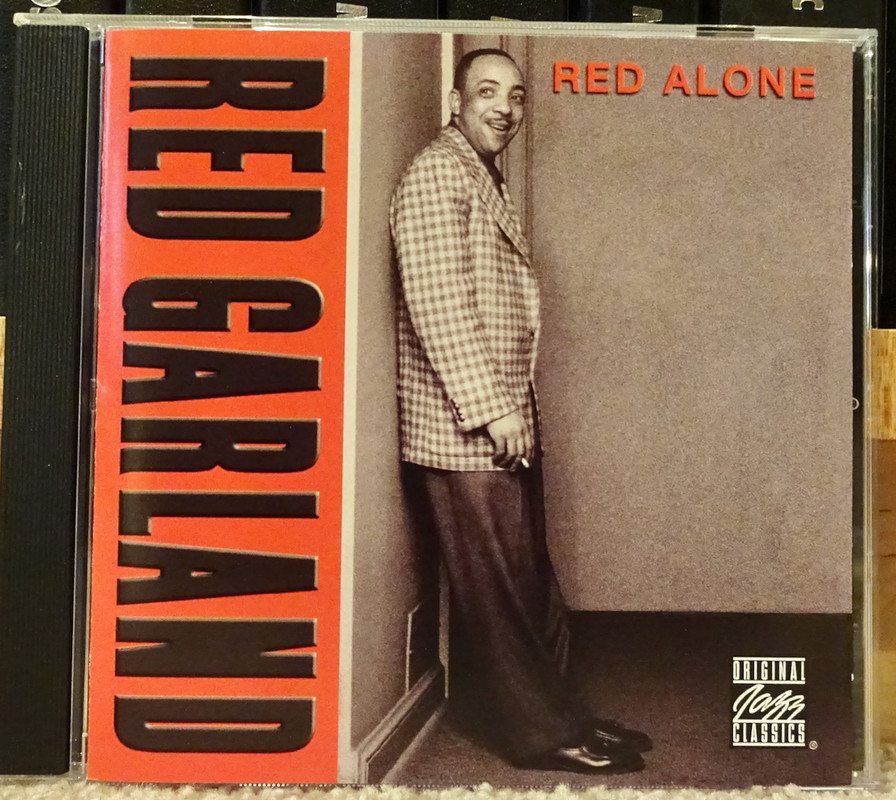
Red Garland. Miles Davis' pianist from the first MDQ period, Garland could be characterized as an instantly likable pianist in possession of charming melodic ability -- to the point of even being lumped in with cocktail jazz / piano bar types. All of this was not lost on Miles, who with Coltrane's hard, direct-drive tenor surely liked the ensuing musical tension. As the story goes, Miles fired Red for being routinely late; however, my own unsupported feeling is simply that Red's up-and-happy pianistic approach was increasingly at odds with where Miles was wanting to go in 1958. To that end, replacing Red with Bill Evans was like replacing Mozart with Debussy -- each has an approach to music so different from each other that their musical intersection would seem quite modest. For this reason I always felt Miles dumped Red for Evans: Miles' next LP was Kind Of Blue and Bob's your uncle. The above release is one of those rare 1950s/60s jazz solo piano outings. Red also favoured the classic trio format. I would make the suggestion that...if you're wanting to explain to someone to what "jazz" is (no easy task, actually)...a given Red Garland trio album from the 1950s would fill the bill: straight-up piano, singable hummable melodies, "swinging" rhythms (which cannot be accurately notated in Western music), rhythmic embellishments, and of course -- the core of "jazz" -- spontaneous melodic improvisation and ensemble interplay.
JOv2
Well-Known Member
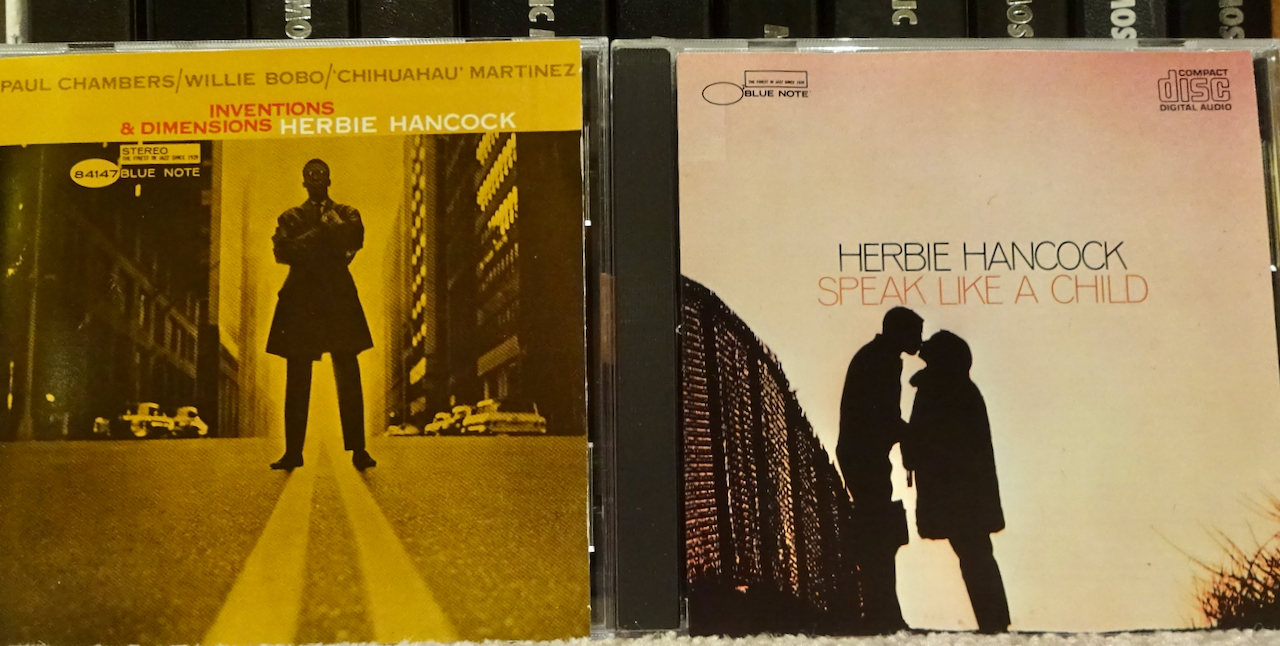
Herbie Hancock. Miles Davis' pianist from the second MDQ period, Hancock, like Bill Evans, exudes a musical presence that has the ability to transform a date. Indeed, given Herbie began his recording career as a Blue Note house pianist, his presence routinely lifts otherwise straight ahead sessions...he's a part of that "Blue Note magic" that further distinguishes the label during the classic 1960-67 period. Like Evans, Herbie possesses a vast musical palette -- although even more far and wide (given he could go from Anton Bruckner to James Brown...something at which his contemporaries (e.g., Corea, Jarrett) were similarly apt). His first seven solo albums (1962-69) were Blue Notes and of these seven, two were trio dates in disguise. Actually, Inventions and Dimensions (1963) was more akin to a piano and bass duet with two latin percussionists in tow, while Speak Like A Child (1968) included three horns -- flugelhorn, bass trombone and alto flute; however, the horns never solo: indeed their presence is to add an orchestral color to the arrangements. In the liner, Herbie speaks of Gil Evans' influence...so voila'! Herbie also speaks of "a type of music in between jazz and rock"...and voila` again!
In Horace Silver land, I gave this one a try about 15 minutes ago:

The songs and the percussion on Silver 'n' Percussion were fine, but the "chanting" didn't work too well for me. Absent the chanting, I would have enjoyed Silver's songs here.
So, Silver 'n' Brass is playing now, and it sits better with me. According to Roon Player's data, this was arranged by Marcus Wade. The horns are all well-known brass and woodwind players.
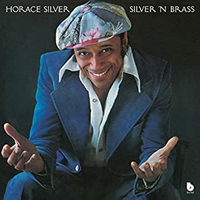

The songs and the percussion on Silver 'n' Percussion were fine, but the "chanting" didn't work too well for me. Absent the chanting, I would have enjoyed Silver's songs here.
So, Silver 'n' Brass is playing now, and it sits better with me. According to Roon Player's data, this was arranged by Marcus Wade. The horns are all well-known brass and woodwind players.

Among the least Esquivel!-esque of Esquivel!! albums. (By 1968, Esquivel rated two exclamation points after his name!)

This is a small group recording featuring primarily piano, bass and percussion (clave, bongos, cowbell, etc.), with an occasional solo instrument (flute, guitar, etc.). Legend has it that Esquivel had unused studio time after sessions for the Other Worlds, Other Sounds album, and the small group stayed behind to record these tunes.
Franz Liszt's "Hungarian Rhapsody No. 2" never percolated like Esquivel's version!
My version was an import from the EU, back in the mid 90s when Esquivel's music was all the rage, purchased in tandem with the CD of Other Worlds, Other Sounds which was one of only three Esquivel LPs I had on vinyl at the time.

This is a small group recording featuring primarily piano, bass and percussion (clave, bongos, cowbell, etc.), with an occasional solo instrument (flute, guitar, etc.). Legend has it that Esquivel had unused studio time after sessions for the Other Worlds, Other Sounds album, and the small group stayed behind to record these tunes.
Franz Liszt's "Hungarian Rhapsody No. 2" never percolated like Esquivel's version!
My version was an import from the EU, back in the mid 90s when Esquivel's music was all the rage, purchased in tandem with the CD of Other Worlds, Other Sounds which was one of only three Esquivel LPs I had on vinyl at the time.
JOv2
Well-Known Member
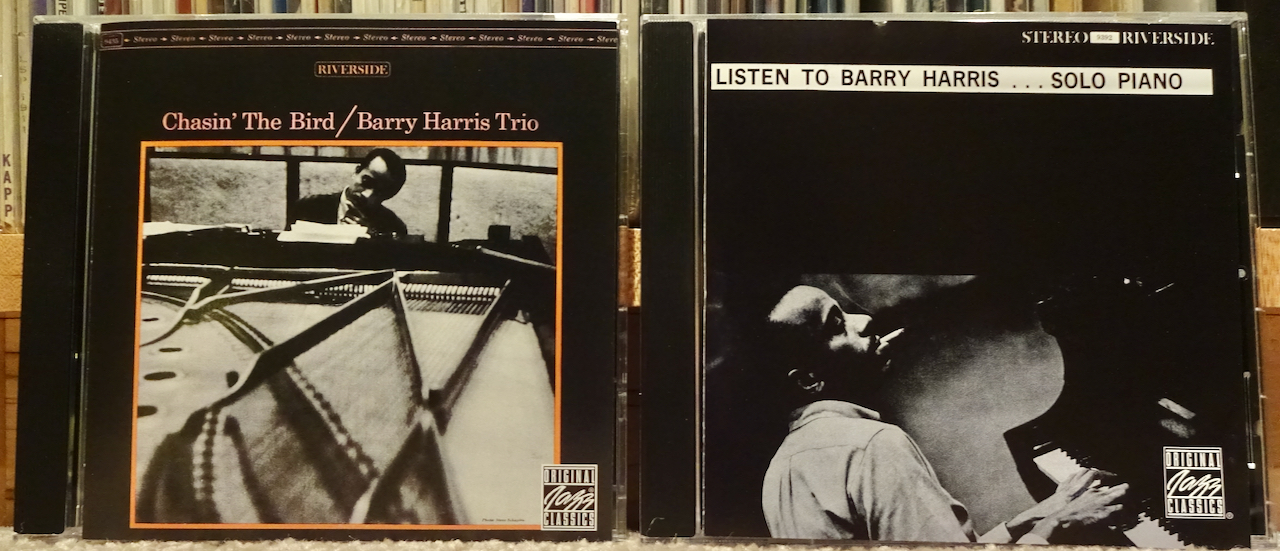
Barry Harris. Am not too familiar with Harris. I came to find him during a search about five years ago for solo piano albums during the 1955-70 period. Like most the pianists I tend to fancy, his roots are firmly in 1940s bop -- (not in 1950s hard bop nor in 1960s post-bop) -- yet he goes a bit out here and there for a spell...still, in the end, you can bring his LPs home to play for mom...um, well, depending on who your mom is, of course. He doesn't swing hard like Oscar Peterson and he's not as "up" as Red Garland -- a bit more guarded and reserve, I'd offer. Of course, hundreds of thousands of people have been exposed to his playing given he was on Lee Morgan's famous 1963 "comeback" LP, The Sidewinder. Truth be told, however, that performance doesn't really do Barry justice; rather, consider the two above early '60s dates -- both of which are recommended.
Similar discussions
- Article
- Replies
- 0
- Views
- 260
- Replies
- 9
- Views
- 2K
- Replies
- 9
- Views
- 1K
- Sticky
- Article
- Replies
- 8
- Views
- 641


